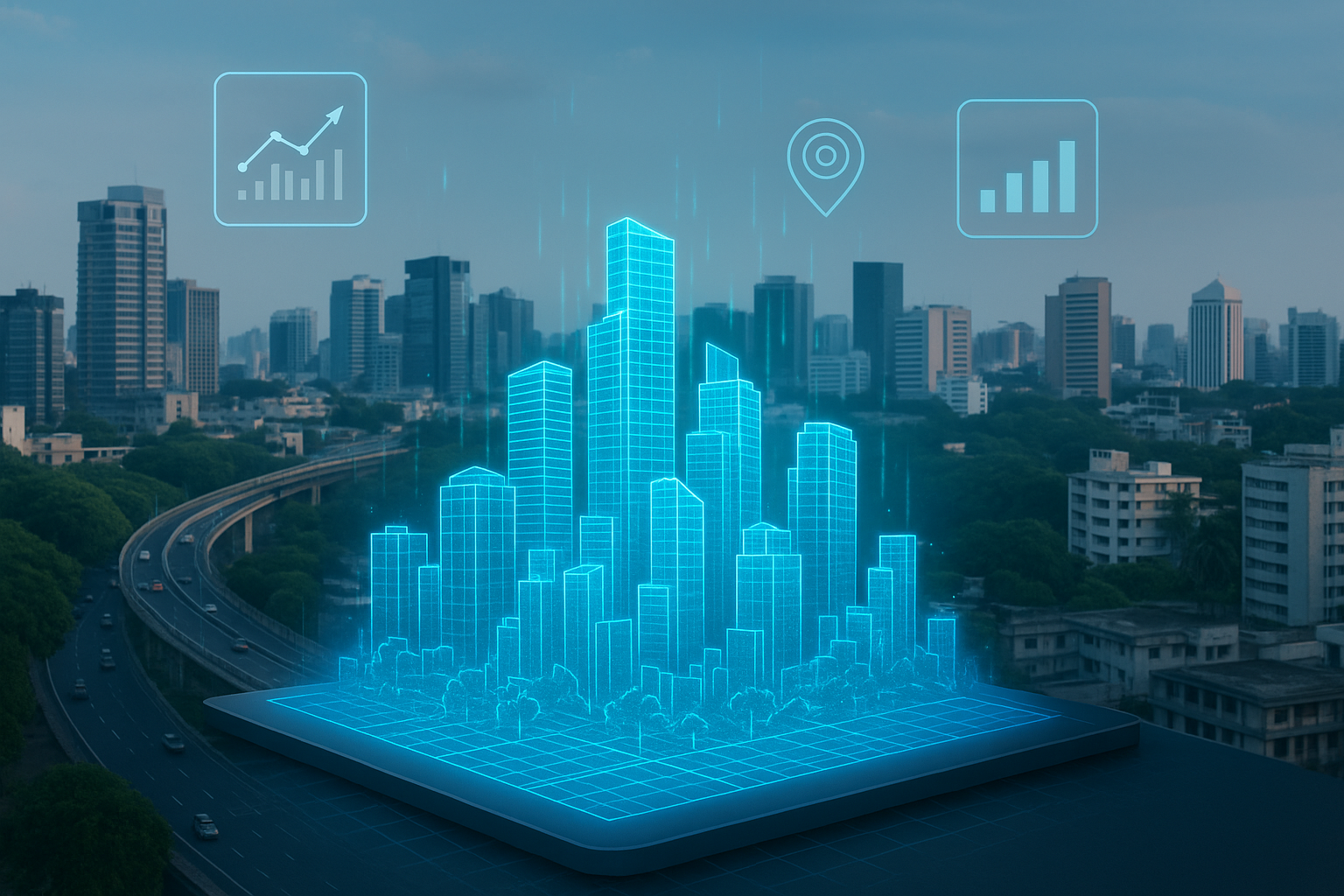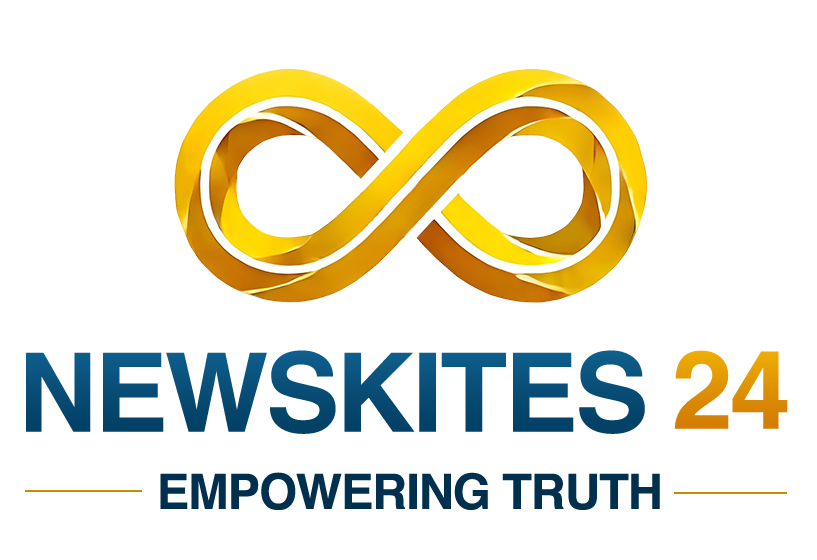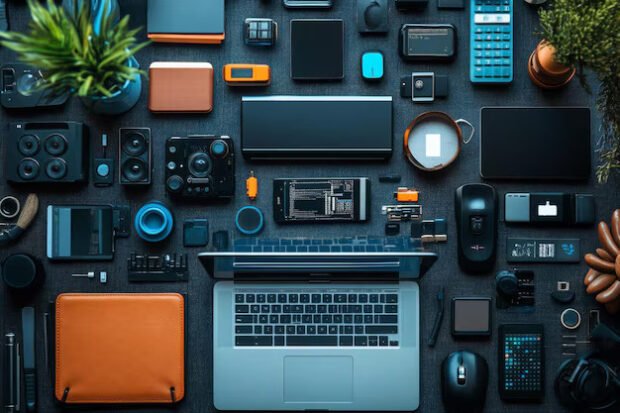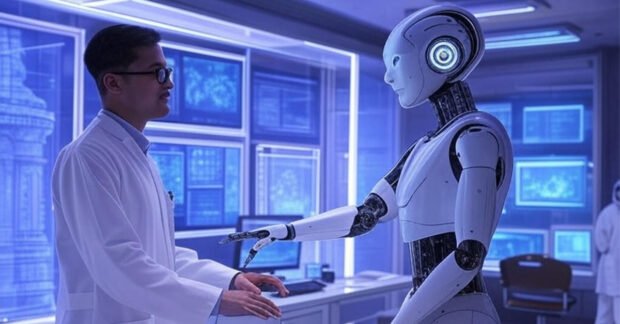
As India’s urban population rapidly expands, cities face increasing pressure to manage infrastructure, traffic, and environmental challenges. Digital Twins—real-time virtual replicas of physical environments—are emerging as powerful tools to optimize urban systems and transform urban planning in India.
What is a Digital Twin?
A Digital Twin is a continuously updated digital model that mirrors a real-world system using data from sensors, IoT devices, and simulations. In the context of urban India, Digital Twins can:
-
Simulate traffic congestion and optimize flow
-
Plan metro rail expansions before construction begins
-
Predict water shortages or urban flooding using rainfall and drainage data
Digital Twin Applications in Indian Cities
1. Pune Smart City
Pune is leveraging Digital Twins for real-time waste management, enabling efficient routing and monitoring of collection systems.
2. Bangalore Flood Prediction Project
This initiative combines AI and Digital Twin technology to simulate the effects of heavy rainfall and prevent urban flooding.
3. Delhi Infrastructure Planning
Urban planners in Delhi are experimenting with Digital Twins to design future flyovers, assess pollution levels, and enhance city-wide infrastructure planning.
Key Benefits for Urban India
✅ Real-Time Urban Management
Cities can detect and respond instantly to disruptions such as accidents, traffic jams, or power outages.
✅ Reduced Infrastructure Costs
Simulating infrastructure projects in virtual environments minimizes construction errors and saves taxpayer money.
✅ Sustainable City Planning
Digital Twins support emissions monitoring, green zone optimization, and resource management—key elements of climate-smart urban development.
Challenges in Adoption
Despite the promise, several roadblocks hinder widespread adoption:
-
Data Privacy & Security: Large-scale data collection demands robust legal and ethical frameworks.
-
Technical Infrastructure Gaps: Many tier-2 and tier-3 cities lack the IT capacity to implement Digital Twins.
-
Governmental Coordination: Disjointed efforts between departments can delay or dilute outcomes.
The Future: Citizen-Centric Smart Cities
Imagine a city where a citizen reports a pothole via a mobile app. The Digital Twin updates in real time, generates a repair ticket, and tracks its resolution automatically. This is the future of smart, responsive governance.
As India invests in smart cities, Digital Twins will form the digital nervous system of urban India. The cities that embrace this technology early will lead the way in efficiency, resilience, and quality of life.
Read More: Biohacking in 2025: The Future of Personalized Health













Be the first to leave a comment